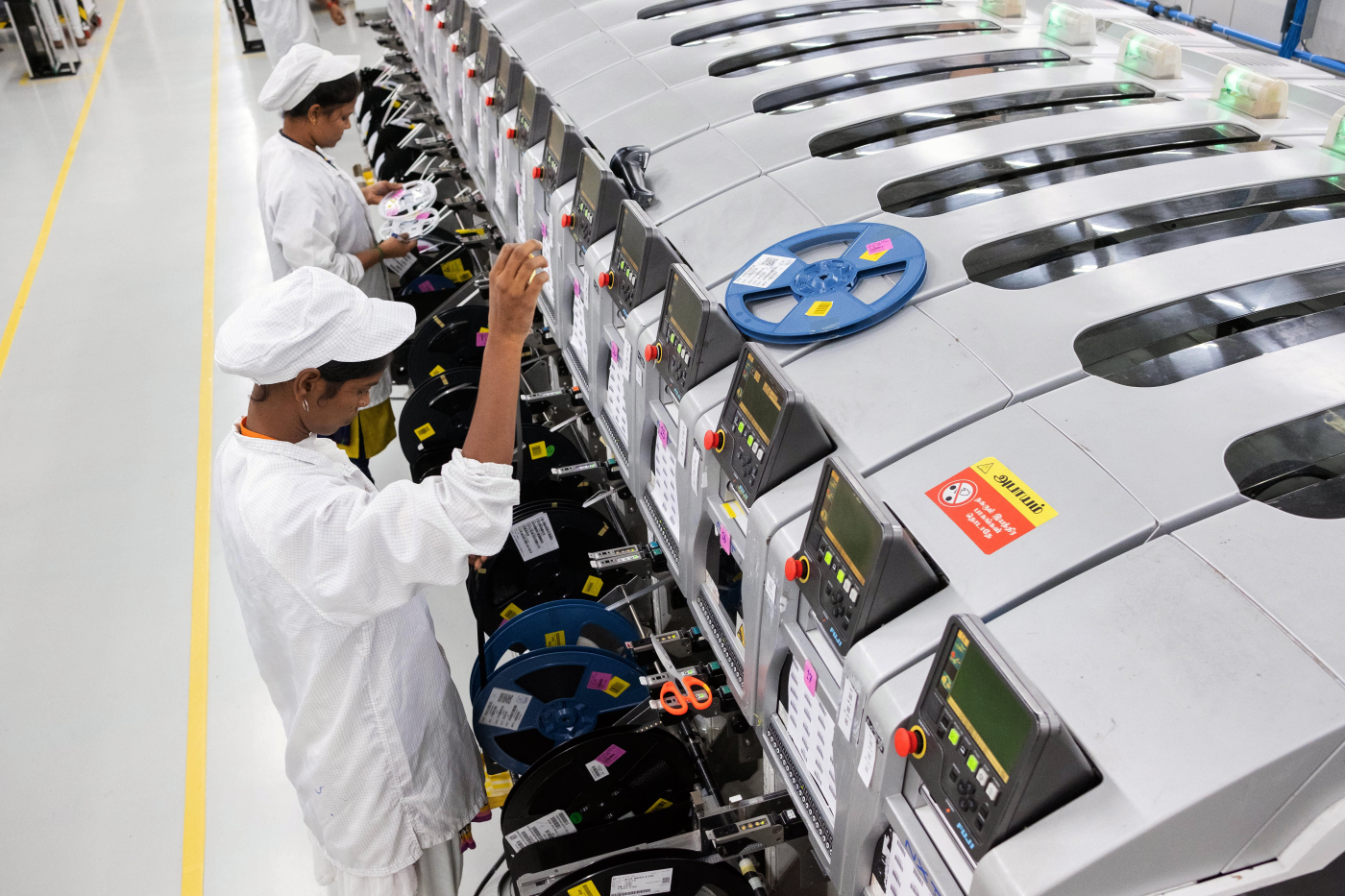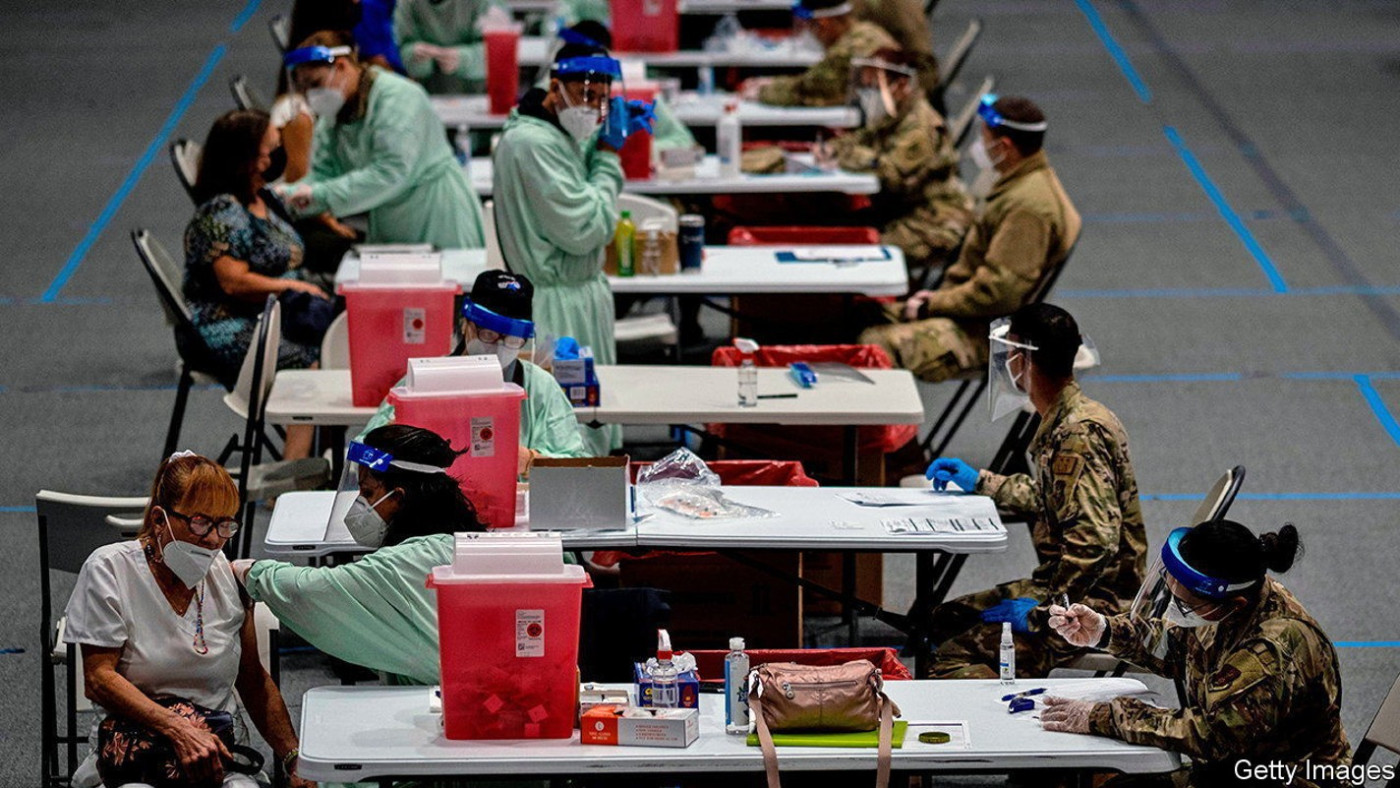Colonies of bacteria could save the Pentagon billions
PLAQUE ON TEETH, slime on stones, gunge around taps and showers. Biofilms—slimy, durable colonies of bacteria—are everywhere. Much of the research into them focuses on the hard-to-treat infections they can cause in people. But they can damage inanimate objects, too.
Some biofilms contain sulphate-reducing bacteria, for instance, which respire using sulphate rather than oxygen. The end product is hydrogen sulphide, which can cause pitting in steel. Other sorts can corrode the inside of a fighter jet’s fuel tanks. On a ship’s hull, bacterial colonies can become a base for seaweed and other growth that increases drag. In 2016, America’s armed forces reckoned unwanted biofilms cost “billions” each year.
DARPA, a storied American military research outfit, hopes to turn that problem into its own solution. A bit like trendy edible “probiotic” foods, its “Arcadia” programme hopes to replace harmful bacteria with helpful ones. Tiffany Prest, Arcadia’s manager, notes that a few naturally occurring helpful biofilms are already known. Those containing bacteria from the genus Vibrio, for instance, seem to be able to protect steel. One paper, published in 2020, found that such a biofilm reduced steel corrosion in seawater by 68%.
One particular goal for Arcadia is boosting the performance of underwater “gliders”. These are small seagoing drones that carry out surveying and anti-submarine missions that can last for many months. That gives plenty of time for biofilms to accumulate on the hull, which can cut a glider’s speed by up to 90%. Researchers at Clemson University in South Carolina are hunting for a different sort of biofilm that may be able to keep unwanted passengers off.
Another goal is to tackle corrosive bacteria in aircraft fuel tanks. (These are a particular headache because they are difficult to clean.) DARPA is funding a project called Microbes Achieve Resistance to MicroOrganism-influenced Rust (µARMOR) at Texas A&M University to find a biofilm that could prevent this type of corrosion.
Rather than engineering new organisms in the laboratory, says Dr Prest, the goal is for researchers to find naturally occurring species which are useful. New technologies, in particular microfluidics and rapid genetic sequencing, allow hundreds of candidates to be screened at a time. Once candidates are found, part of the trick will be figuring out how to produce the desired film: is it better to start with a sterile surface and add the bugs, or to gradually replace an existing ecosystem of harmful bacteria? The hope, eventually, is for a spray-on mix that can be applied wherever it is needed. And thanks to their ability to grow, biofilms should be much easier to maintain than manufactured coatings.■
Curious about the world? To enjoy our mind-expanding science coverage, sign up to Simply Science, our weekly subscriber-only newsletter.
Disclaimer: The copyright of this article belongs to the original author. Reposting this article is solely for the purpose of information dissemination and does not constitute any investment advice. If there is any infringement, please contact us immediately. We will make corrections or deletions as necessary. Thank you.





